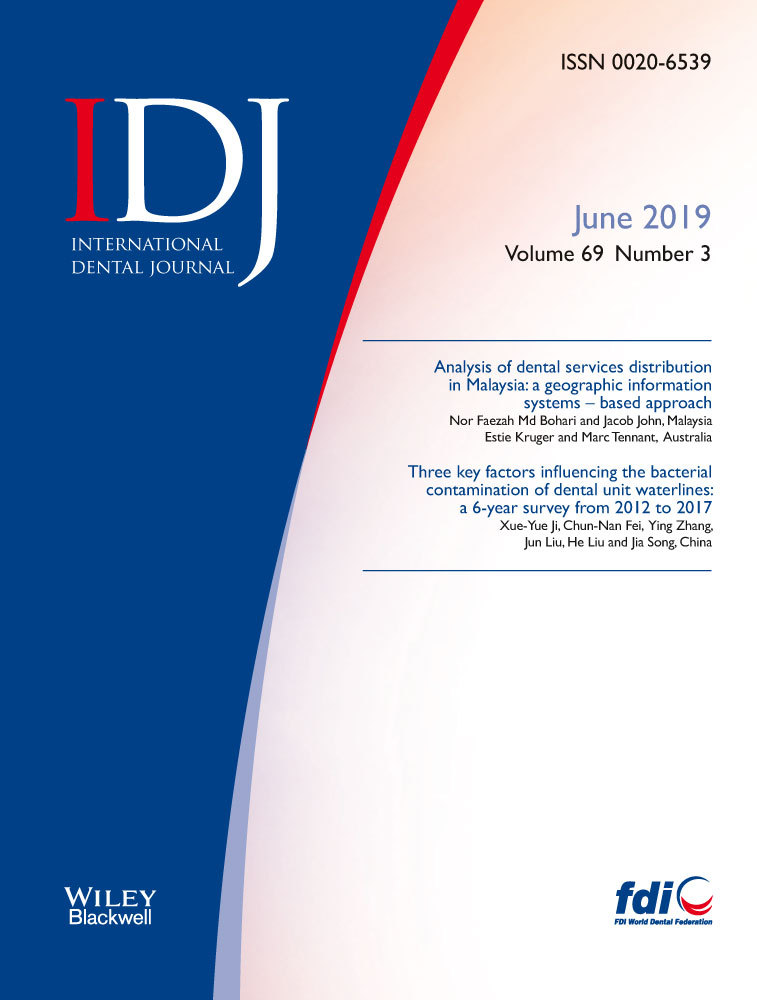Geographical variation of parental-reported sleep bruxism among children: comparison between the Netherlands, Armenia and Indonesia
Abstract
Objective
The aim of this study was to investigate whether geographical variation exists in the prevalence rates and associated factors of parental-reported sleep bruxism (SB) among 7- to 12-year-old children living in three culturally different countries.
Methods
An identical questionnaire was completed by parents or guardians of children in the Netherlands (Europe), Armenia (West Asia) and Indonesia (Southeast Asia). Pearson's chi-square tests were used to investigate geographical variation in occurrence; logistic regression analyses were performed to study associations.
Results
In total, data of 2,562 questionnaires were analysed. The overall prevalence of parental-reported SB was significantly higher in Armenia (36.5%) than in the Netherlands and Indonesia (19.5% and 24.2%, respectively; P < 0.001). However, differences between countries seemed to have disappeared in children around the age of 12. Geographical variation in associated factors is reflected in the fact that, depending on the country, a variety of variables were positively related with parental-reported SB (i.e. younger age, and/or having male gender, and/or experiencing pressure or tension from the home situation, and/or being more easily scared and/or having difficulties in falling asleep).
Conclusions
Considerable geographical variation can exist in the epidemiology of parental-reported SB in children. Cultural rules and standards could explain these findings.




